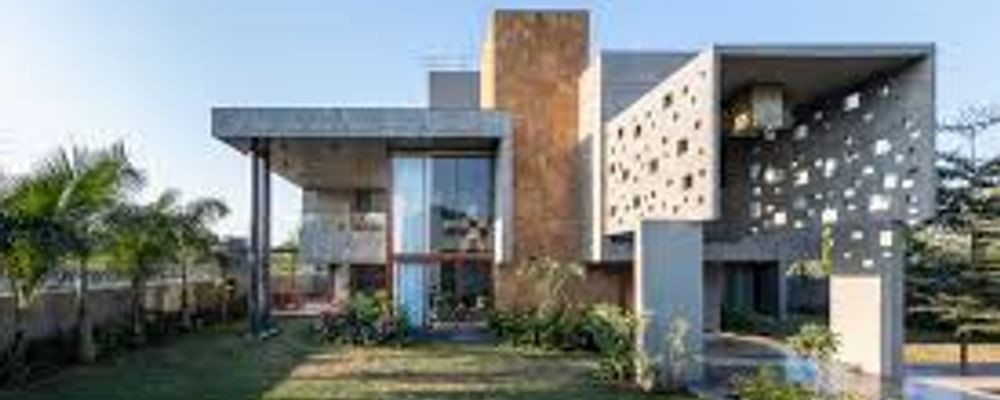Residential Buildings in India
Posted By: Shalu Published: 27, Oct 2025

Residential Buildings in India
India's residential real estate sector is vast and diverse, reflecting the country’s rich cultural heritage and rapid urbanization. Here's an overview of the types of residential buildings in India, their characteristics, and key trends.
1. Types of Residential Buildings
1.1. Apartments
- High-Rise Buildings: Multi-story buildings offering various unit sizes, popular in urban areas.
- Gated Communities: Residential complexes with amenities like security, parks, and recreational facilities.
1.2. Independent Houses
- Bungalows: Standalone houses, often single-story, with gardens.
- Villa Projects: Luxurious homes usually found in gated communities with high-end amenities.
1.3. Row Houses and Townhouses
- Row Houses: Connected homes sharing walls, typically two or three stories.
- Townhouses: Similar to row houses but often with more elaborate designs and amenities.
1.4. Slum Redevelopment
- Affordable Housing Projects: Initiatives aimed at providing housing for low-income families, often involving redevelopment of slum areas.
2. Key Features
2.1. Architectural Styles
- Traditional Designs: Incorporation of local architectural styles, such as Indo-Saracenic or Art Deco.
- Modern Architecture: Focus on minimalist design, sustainable materials, and energy-efficient features.
2.2. Amenities
- Common Facilities: Swimming pools, gyms, gardens, and community halls are increasingly common in modern residential complexes.
- Smart Home Technology: Integration of smart systems for security, lighting, and energy management.
3. Trends in Residential Real Estate
3.1. Urbanization
- Migration to Cities: Rapid urbanization has led to increased demand for residential properties in metropolitan areas.
3.2. Affordable Housing
- Government Initiatives: Programs like Pradhan Mantri Awas Yojana (PMAY) aim to provide affordable housing for all.
3.3. Sustainability
- Green Buildings: Growing emphasis on eco-friendly construction practices and materials, featuring energy-efficient designs.
3.4. Co-Living Spaces
- Shared Living Arrangements: Increasing popularity among young professionals and students, providing affordable housing with shared amenities.
4. Challenges in the Sector
4.1. Regulatory Hurdles
- Approval Delays: Lengthy processes for obtaining necessary approvals and clearances can hinder project timelines.
4.2. Infrastructure Issues
- Urban Planning: Inadequate infrastructure in rapidly urbanizing areas can lead to issues like traffic congestion and inadequate public services.
4.3. Market Volatility
- Economic Fluctuations: Changes in economic conditions, interest rates, and buyer sentiment can impact property prices and sales.
5. Conclusion
Residential buildings in India reflect a blend of tradition and modernity, catering to a diverse population with varied housing needs. As urbanization continues to rise, the demand for innovative and sustainable housing solutions is expected to grow. By understanding the types and trends in residential real estate, stakeholders can make informed decisions in this dynamic sector.

 +91 9654220011
+91 9654220011
